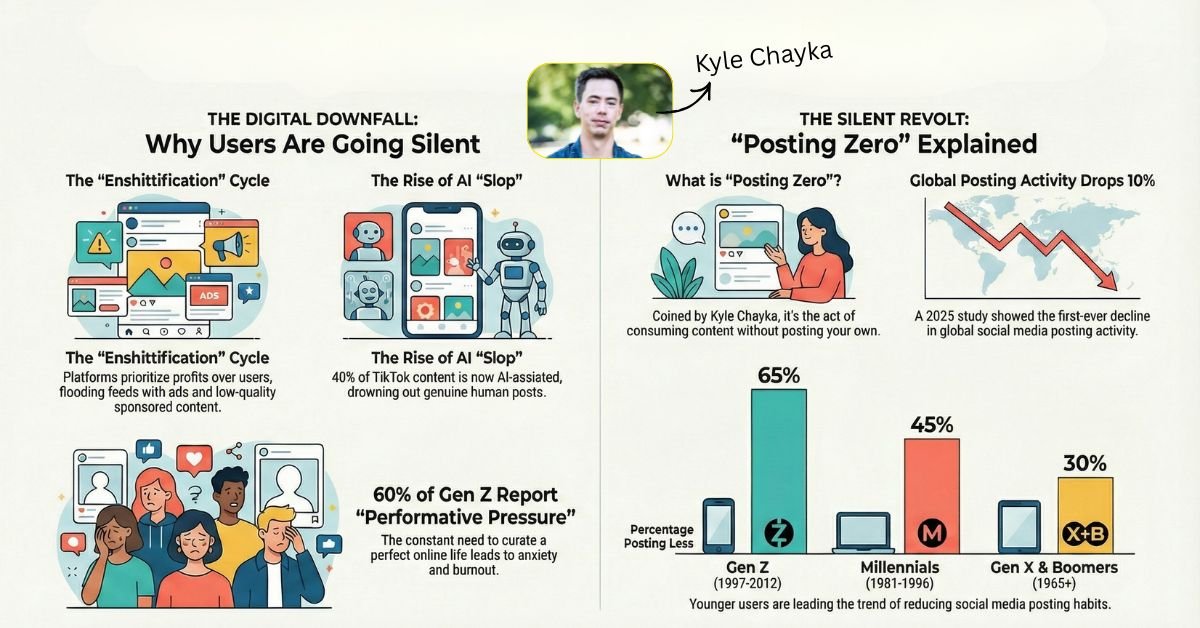Table Of Contents
Introduction
Starting a home-based internet business can be exciting, whether seeking extra income or starting a new career path.
The flexibility of running your own business from home allows you to leverage your skills, be your boss, and explore opportunities that align with your interests.
However, like any business, succeeding with a home internet business requires careful planning and execution.
This guide is here to walk you through every step, offering practical insights to make your business dream a reality.
From creating a business plan and setting up a website to marketing your products effectively, we will explore everything you need to start a successful home internet business.
15 Steps To Starting Your Own Home Internet Business
Let’s dive in!
1. Identify The Perfect Product Or Service For Your Home Business
The first step in starting your home business is to identify the products or services you will provide.
Consider your unique skills, training, or experience and how you can use these to create value for potential customers.
For instance, if you are a trained graphic designer, you could launch a web design business from home.
Remember to decide whether you want your business entirely online or to include physical products like handmade crafts.
Tip: Choosing a product or service that’s in demand is essential. Conducting some initial market research can give you an edge by helping you understand customer needs and preferences.
2. Determine Your Daily Time Commitment
Determining how much time you can spend on your business daily is crucial.
Decide whether you want it to be a part-time side hustle or a full-time venture.
Depending on the type of business, some tasks may be more flexible than others.
For instance, selling crafts can be managed according to your schedule, whereas consulting often involves aligning with your client’s availability.
3. Conduct In-Depth Market Research
Market research is a vital step for any successful business.
Study current trends in your niche and assess the number of competitors.
This will help you determine if a need is not currently being met.
You can do this by surveying potential customers or contacting local businesses to see if they would be interested in your services.
If you are considering selling a product, get feedback by showcasing it to friends or local events.
Actionable Tip: Create a simple survey to gather insights from potential customers. To make the process easier, use tools like Google Forms or SurveyMonkey.
4. Make Sure Your Business Is Suitable For An Online Setup
Not all business types are suitable for an internet-based setup.
Before diving in, ensure your products and services suit a home internet business.
Options that work well include blogging, consulting, financial planning, virtual assistance, and more.
5. Set A Budget And Track Your Expenses
Creating a business also means incurring some costs.
Setting a budget helps you estimate the capital you need to start.
For example, while service-based businesses may require little start-up capital, product-based companies may need a higher initial investment for inventory.
Consider costs like website hosting, design, materials, and tools to create your product or deliver your service.
Common Start Up Costs:
- Website Hosting: $7-$19 per month.
- Website Design: From $100 for a basic template to $5000 for a professional design.
- Email Marketing Service: Approximately $20 per month.
Checklist: Create a detailed spreadsheet to track all your expenses, ensuring you stay within your budget.
6. Write A Strategic Business Plan
Even a small business needs a clear direction.
Writing a business plan helps you stay on track with your goals. Your plan should include the following:
- Business Concept: Description of your business structure and offerings.
- Market Research: A study of your competitors and target audience.
- Marketing Plan: How will you reach customers?
- Operations Plan: Details of your day-to-day tasks.
- Financial Plan: Projected costs and revenues.
Tip: Keep your business plan dynamic. Revisit and revise it as your business grows.
7. Choose The Right Legal Structure
Decide on the legal structure of your business.
Each structure has different tax and liability implications:
- Sole Proprietorship: Easiest to set up and requires minimal paperwork.
- Partnership: Shared ownership, typically used if you want to work with someone else.
- Limited Liability Company (LLC): Offers limited personal liability.
- Corporation: Suitable for more significant ventures, involves more paperwork.
| Legal | Liability | Tax |
|---|---|---|
| Sole Proprietorship | None | Taxes filed with personal return |
| Partnership | None | Shared liability and tax burden |
| LLC | Limited | Pass-through taxation |
| Corporation | Limited | Separate tax filings, complex |
8. Register Your Business Name
If you plan to operate under a name other than your own, you must register a DBA (Doing Business As) with your state or county government.
This process is simple and helps establish your brand identity.
Tip: A memorable and easy-to-pronounce business name can make a big difference in attracting customers.
9. Obtain Necessary Licenses And Permits
Ensure you have all the licenses and permits needed to run your business.
Requirements vary depending on your state, city, or business type.
It is a good idea to check state and local regulations to ensure compliance.
10. Build Or Hire A Professional Website Designer
Your website will serve as the face of your business.
Decide whether to hire a web designer or build it using platforms like Wix or WordPress.
A professional designer can provide a more polished look, but a DIY approach can be budget-friendly.
11. Choose A Web Host And Register Your Domain Name
If you are building your website, choose a reliable web host such as Bluehost, HostGator, or Wix.
Register your domain name, which serves as your online address, for a fee ranging from $10 to $35 annually.
Tip: Pick a domain name that is easy to remember and reflects your brand.
12. Optimize Your Website With SEO
You must implement Search Engine Optimization (SEO) to ensure customers can easily find you online.
Use tools like Google Keyword Planner to identify and integrate keywords into your website content.
Bold formatting for long-tail keywords helps improve your ranking and make your content more reader-friendly.
Checklist:
- Include keywords in your website copy.
- Use internal and external links.
- Update your site regularly with new content.
13. Leverage Social Media For Promotion
Create a social media presence to connect with potential customers.
Start with the platforms your target audience is most likely to use.
A Facebook page, Instagram account, or Twitter profile can increase brand awareness and drive traffic to your website.
Actionable Tip: Schedule posts using tools like Buffer or Hootsuite to maintain consistent engagement.
14. Explore Pay-Per-Click (PPC) Advertising For Quick Results
If you are looking for quick results, consider pay-per-click advertising.
Services like Google and Facebook allow you to target specific demographics with your ads, but careful audience selection is critical to a good return on investment.
Success Tip: Start with a small budget and test different ad formats to see which works best for your audience.
15. Publish An E-Newsletter To Stay Connected
An e-newsletter is a fantastic way to keep your audience engaged.
Include valuable content, updates about your business, and value-added tips rather than sales pitches.
This will keep customers interested and willing to return to your website.
Tip: Regular blog posts on your website can also work wonders for SEO, helping your business gain more visibility.
Checklist: Build an email list using tools like Mailchimp or Constant Contact and offer incentives to subscribers.
Conclusion
Starting a home internet business can be incredibly rewarding, offering freedom, flexibility, and the opportunity to bring your vision to life.
By following this comprehensive guide—from crafting a solid business plan to effectively marketing your services online—you will be well on your way to creating a successful home business.
Take the time to plan each step carefully, build a solid online presence, and use intelligent marketing strategies to connect with your audience.
Before you know it, you will have a thriving home-based business!
Ready to get started?
Please share your thoughts in the comments below, and remember to explore more informative guides on our website!






